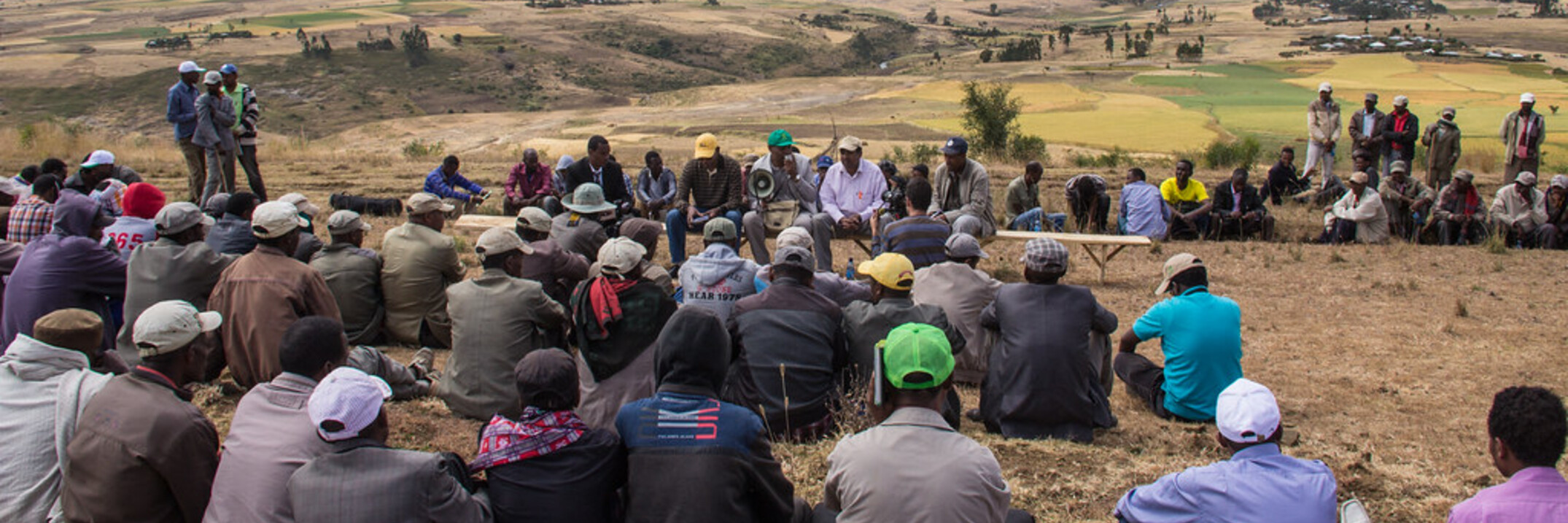Drought is the principal abiotic stress which affect grain yield and quality of wheat at the global level, more particularly in West and South Asia, North Africa, and sub-Saharan Africa. To identify marker-trait associations (MTA) and putative genes...


